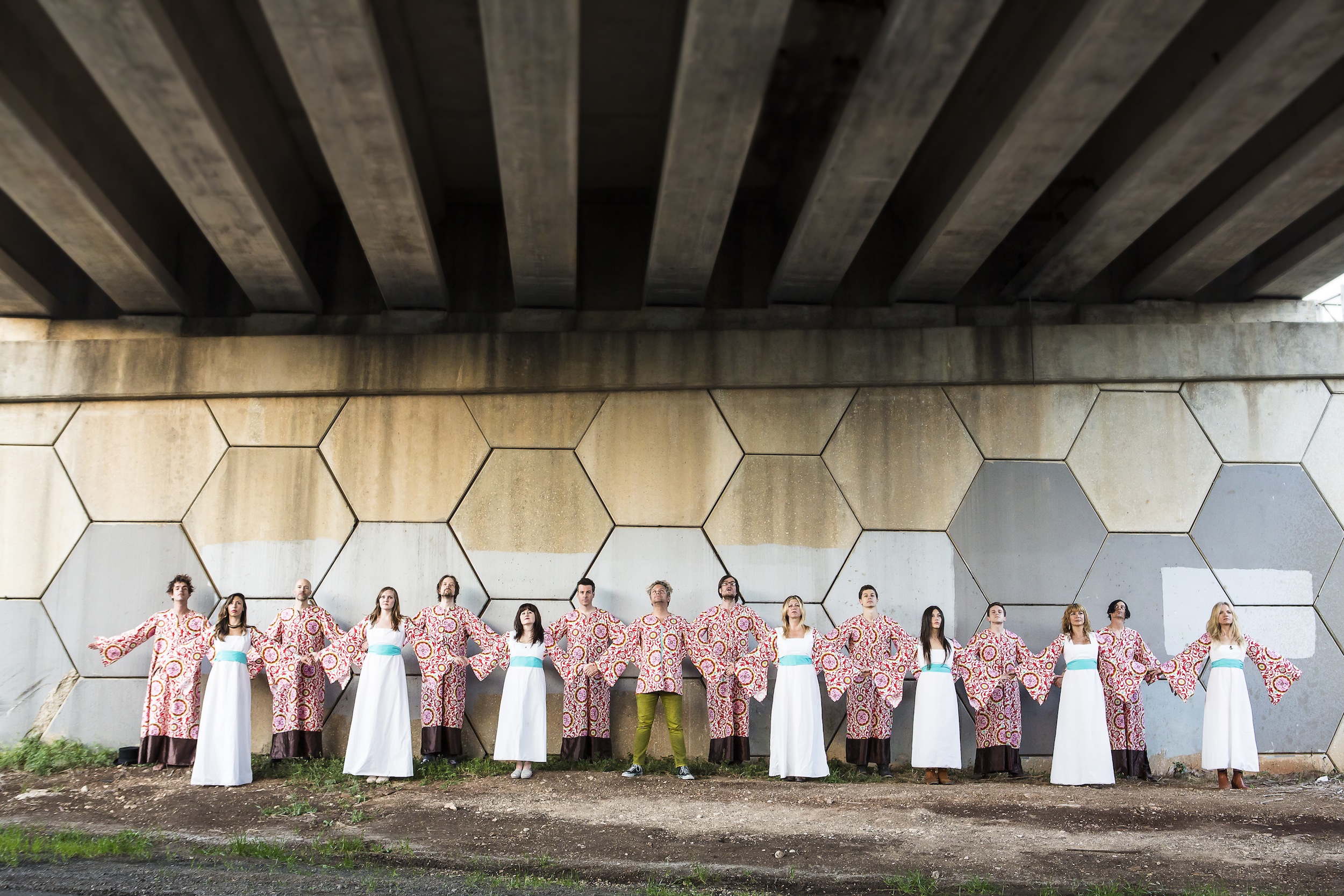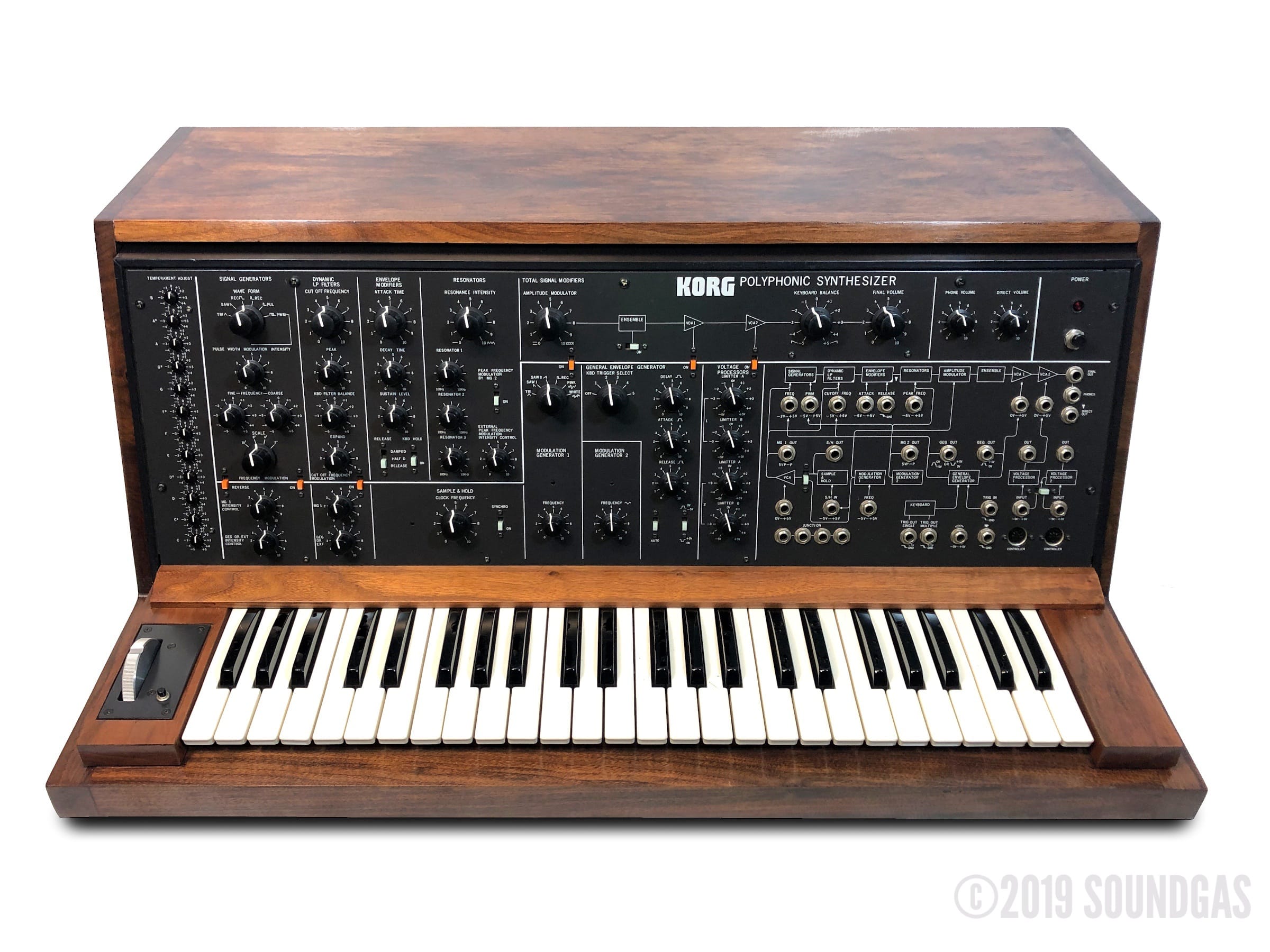

It boasted a full 61 key and multiple channels and keyboards (using early network innovations) were complimented with velocity and pressure sensing at a cost competitive with the existing one note keyboards (see Mark Vail's book second edition). The first truly Polyphonic Keyboard for Analog Synthesizers was designed and built in 1969 and later patented (a part of the design was kept secret) in early 1970's. In these, the sound is usually produced using specialized digital signal processors, and the polyphony may depend on the complexity of the patch, according to how much DSP processing is required by the algorithms in use. ( Alesis produced custom ICs for the Andromeda by way of a custom IC design division that it owned at the time the Andromeda was designed Dave Smith Instruments has a source for some CEM ICs which it declines to disclose.) Most polysynths produced since 1990 have been digital designs. This unavailability of integrated circuits has mostly kept new analog polysynth designs from reaching production. The former is now out of business, and the latter is now owned by Intersil, which has kept only a few of the SSM synthesizer parts in production.

Most of these were produced by Curtis Electromusic (CEM) or SSM. The polyphonic analog synthesizers of the 1980s relied heavily on specialized integrated circuits to keep the size and cost under control. In the simplest case of a synth which does not do layering internally, there is a 1-to-1 correspondence between voices and polyphony capability. Rather, most polyphonic synths contain a certain number of voices, which are capable of playing a certain number of simultaneous notes depending on layering and voice allocation. (And even the Polymoog was only paraphonic in certain modes.) Some of the string synthesizers of the 1970s were fully polyphonic, but these relied on stripped-down circuitry capable of reproducing only a few preset, non-editable sounds.
POLYPHONIC SERIES
So, relatively few fully polyphonic synths with programmable patches have been produced the two best known are the Korg PS-3100 series and the Polymoog. Manufacturers learned long ago that a fully polyphonic synth, capable of sounding every note on the keyboard at once, is a bulky and expensive proposition, and that most performers don't really need that amount of polyphony. Meeting performers' expectations in this regard posed a problem for two decades. Since synths were marketed as keyboard instruments, performers expected to be able to play chords, but most early synths were monophonic. This posed a problem for early synth manufacturers. So before the first commercial synths were available, the expectation was established that electronic instruments would be fully polyphonic. This included electric organs from the outset Laurens Hammond designed the Hammond Model A in the 1930s as a fully polyphonic instrument, and most electric organ designs from that point followed Hammond's lead. Traditional keyboard instruments, on the other hand, are usually fully polyphonic - every note on the keyboard can be played simultaneously, and every note will sound. This includes most of the woodwind and brass instruments.

Although Western musical traditions are based around harmony, which implies the ability to play chords, many traditional instruments are monophonic - they can play only one note at a time.

A polyphonic synthesizer is one capable of sounding two or more notes at one time.


 0 kommentar(er)
0 kommentar(er)
